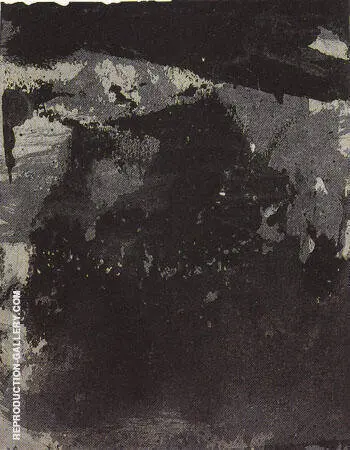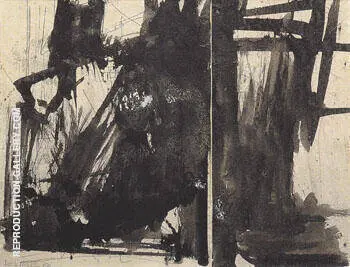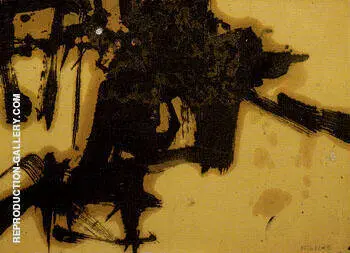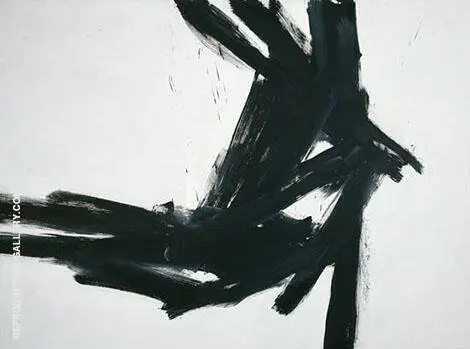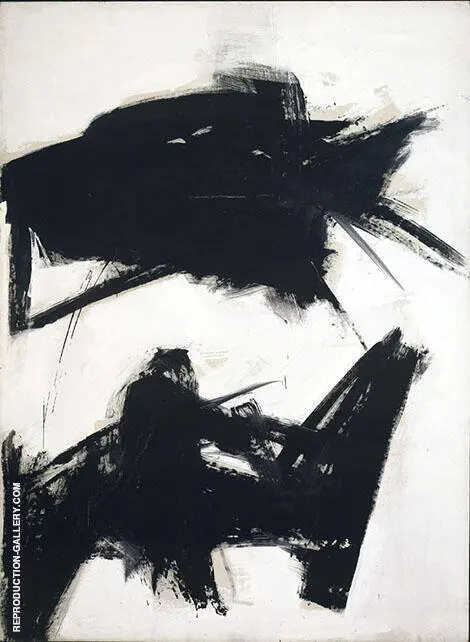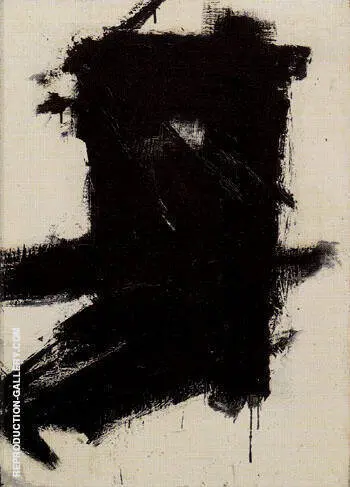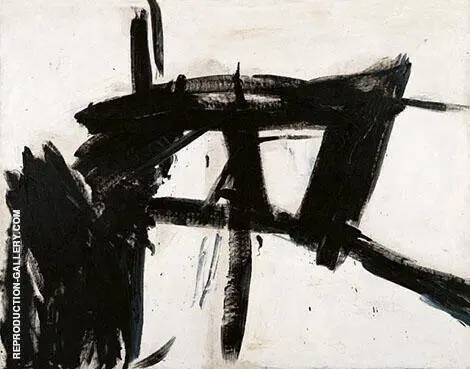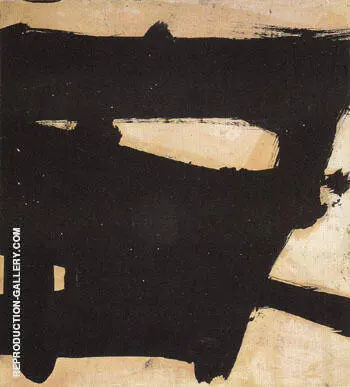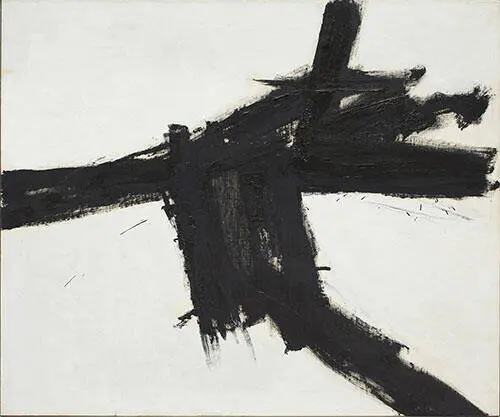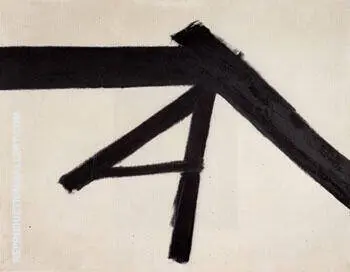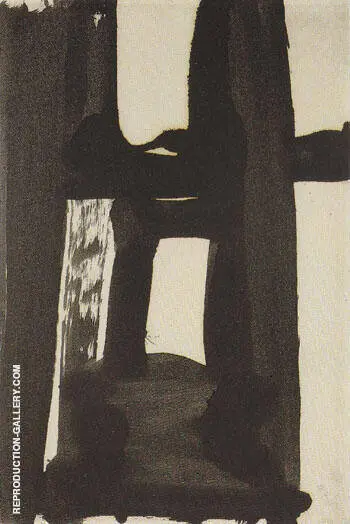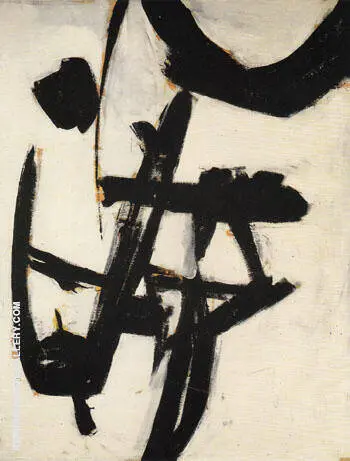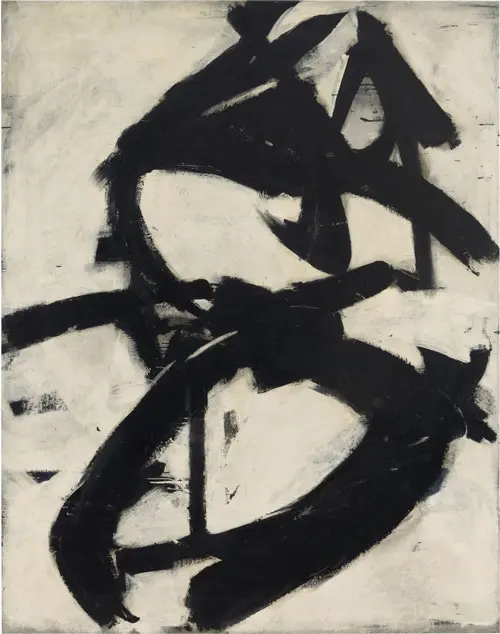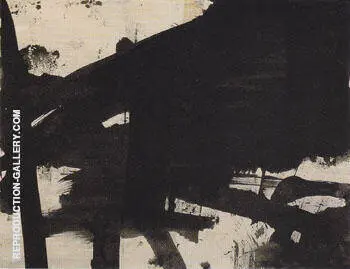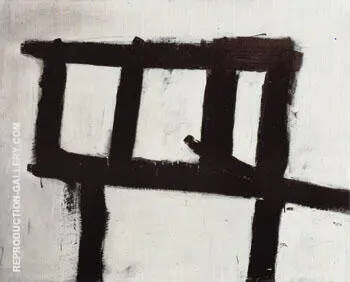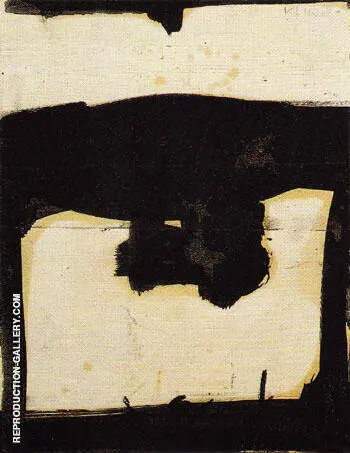Action Painting Oil Painting Reproductions
Find Action Painting Oil Painting Replicas by Action Painting Artists
Action Paintings: A Brief Introduction
Action Paintings are some of the most compelling examples of modern Abstract Art. The term generally applies to artists of the 1940s, 50s, and 60s who emphasize the physical act of painting. For these painters, the physical and gestural nature of art is an essential feature of their paintings. So, who were these action painters? This brief introduction presents the art movement’s leading artists and their colorful wall art. We also discuss the key characteristics of Action Painting and who first used the term.
What is meant by Action Painting?
Action Painting, sometimes called 'Random Painting' or 'Gestural Abstraction,' describes the process. Paintings from this art movement involve gestural brushstrokes, splashing, and dripping paint while using the whole body to make marks. While the art style relates to Abstract Expressionism, Action Painting is a separate art movement. It hails exclusively from American artists. At the same time, there are notable European influences from the Surrealist paintings of Max Ernst.
Action Painting: Definition
This technique is a genuinely dynamic art form that prioritizes the spontaneity of artistic creation over carefully planned compositions and classical ideas. Action-based artists embrace chance effects and painterly instinct. As a result, action paintings often use paint randomly splashed, poured, or thrown onto canvases.
Why is it called Action Painting?
The influential art critic Harold Rosenberg first used the phrase 'Action Painting' in a 1952 article. Titled The American Action Painters, it defines the genre and prominent artists. For Rosenberg, this includes artists such as Jackson Pollock, Franz Kline, Willem de Kooning, and Arshile Gorky. Rosenberg describes an artist’s canvas as an 'arena' where they acted. This approach means the action and methods used to create an image are vital. These movements and gestures are more important than the aesthetics of the result. This signals a shift in American painting, popular among New York School painters. In addition to Harold Rosenberg, the art critic Clement Greenberg championed the technique, speaking of the intense creative struggle in this type of art.
The highly textured, oil-soaked paintings of Pollock, Franz Kline, and De Kooning exemplifies Greenberg’s focus on the surface of art. Greenberg describes their creations as a new kind of art that wasn’t art in any accepted sense. While Greenberg focused on the surface of paintings, Rosenberg redefined art entirely. He describes art as a verb rather than an object. Action Painting is, therefore, a process rather than a final product. Although eye-watering auction prices have subsequently been achieved for action oil paintings, these canvases are only the physical residue of the actual work of art.
Who started Action Painting?
Harold Rosenberg came up with the term Action Painting. Even so, many Art Historians describe Jackson Pollock as the true father of Action Painting. In the late 1940s, Jackson Pollock used sticks, syringes, and hardened brushes to splash paint across his canvases. He soon added the technique of splashing, dripping, and pouring paint onto finished artworks. Often, Pollock didn’t touch his canvases at all, preferring to throw or flick paint across his studio. When Pollock first revealed his art, critics were unforgiving. One headline of 1959 described his art as 'a joke in bad taste.' Even today, many art lovers and critics dismiss the movement as not 'proper' art. Despite this critical approbation, other contemporary artists such as Willem de Kooning, Franz Kline, and Helen Frankenthaler adopted Pollock’s techniques.
What are the five characteristics of Action Painting?
The five main characteristics of Action Paintings include:
- A spontaneous, intuitive, and impulsive manner of painting.
- Abstract artworks with a focus on surface texture and mark-making.
- Dynamic, sweeping brush strokes – often moving off the edge of the canvas.
- Dripping, pouring, splashing, scraping, or flicking paint onto finished artworks.
- Creating artworks with canvases on the floor, worked on from above, rather than a traditional artist’s easel.
In short, Action Painting focuses on how artists put paint on canvas rather than the final look or composition of a painting.
Who is the most famous artist in Action Painting?
It may come as no surprise, but Jackson Pollock is the most famous artist in Action Painting. Pollock's famous paintings include Number 1 Lavender Mist, No 10., Convergence, and No. 5, 1948. Speaking of these works, Pollock described how he wanted to express his feelings rather than 'illustrate' them. Humorously, when the artist A. A. Ossorio bought No 5. for $1,500 (in 1949), his partner chastised him for spending money on such a chaotic artwork. In 2006, however, it became one of the most expensive paintings in history, selling for a staggering $140 million.
What is an example of Action Painting?
As well as Jackson Pollock’s famous splatter paintings, Franz Kline paintings are fundamental to Action Painting. Kline created many bold monochrome works, notably Chief, painted in 1950. The simplicity of Franz Kline's monochrome paintings enables a strict focus on the mark-making process itself. Look closely at his artwork; it is clear he didn’t just paint black on top of white. Instead, Kline layered his paintings carefully and thoughtfully, often painting white on top and next to the black marks. Willem de Kooning adopted a more figurative approach to Action Painting. Nonetheless, his Woman series of paintings is an iconic addition to the movement. Many critics derided his naïve images of the female form, but Kooning described them as modern idols. While Woman III presented figures, his oil paintings also reference relations of space and color. De Kooning’s sharp, almost jagged brushstrokes still foreground the act of painting, explaining his inclusion in the movement.
Action Paintings: Modern Abstract Wall Art For Sale
If you love the colorful abstract art painting of American Action Painters, explore our extensive collection of replica paintings for sale. We boast some of the finest modern art oil paintings inspired by the likes of Jackson Pollock, Franz Kline, and Willem De Kooning.
Buy museum quality oil painting reproductions for your home office. Enjoy replica art 100% hand painted in our Studio by a professional artist.
Discover Jackson Pollock’s colorful paintings or Franz Kline’s monochrome oil paintings.
We have been creating fine art reproductions since 1996. We are the original Reproduction Art company.
Cannot Find What You Are Looking For?
Reproduction Gallery Information
Customer Service
(Send Us A Message)
Tel: (302) 513 3464

